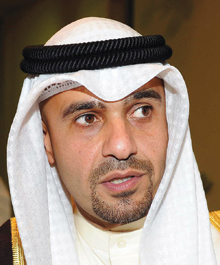KUWAIT: The Public Authority for Manpower has outlined seven circumstances under which a domestic helper can transfer from one employer to another, emphasizing that such transfers are in the public interest.
These include the death of the employer; the domestic helper’s request for transfer to a spouse in the event of divorce; permanent departure of the employer from Kuwait; marriage of the domestic helper to a spouse in the country; the domestic helper’s request to transfer to her husband’s residency; loss of qualification or imprisonment of the employer; and proven instances of verbal or physical abuse, or sexual abuse by the employer or those residing with him towards the helper, affecting the helper’s body or honor, including through modern technological means. This should not infringe on the helper’s right to recourse to items 798 and 199 of the penal law.
The authority has the discretion to impose a three-year ban on the domestic helper working in Kuwait if it is proven that they violated the law and its decisions. Furthermore, the authority has specified that if an employer fails to pay the helper’s salary by the 7th day of the due date, the helper is entitled to receive KD 10 for every delayed month, in addition to the salary.
In the event of a complaint against the employer for violating commitments as per the law or if the helper is not received from the office without a valid excuse, or if the employer fails to attend investigation sessions when summoned, the department reserves the right to suspend the issuance of entry visas for domestic helpers for the employer for a period of six months, with the duration doubled in case of repetition.











